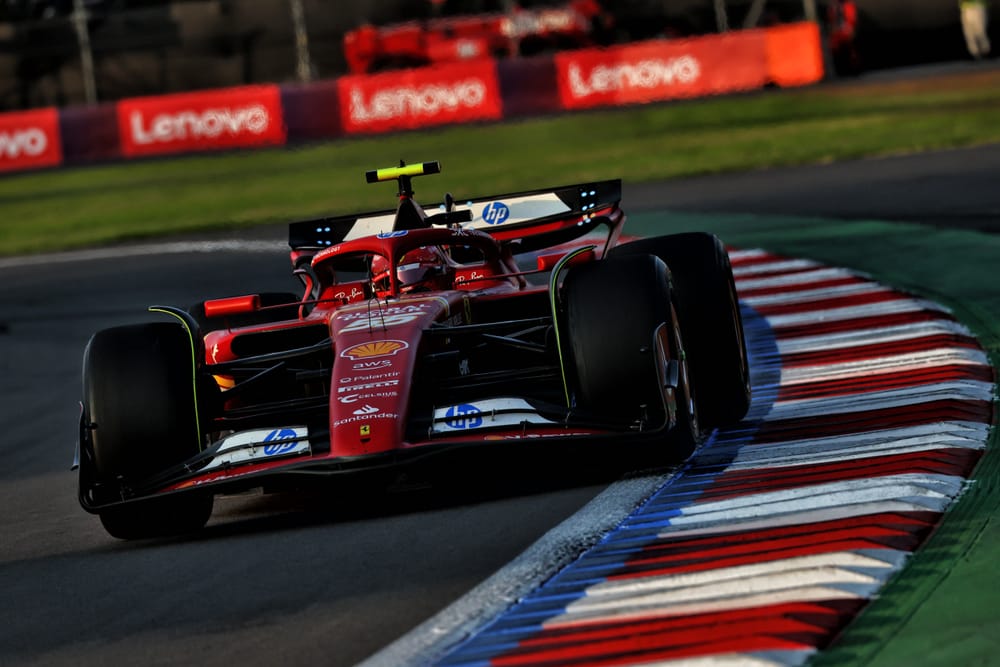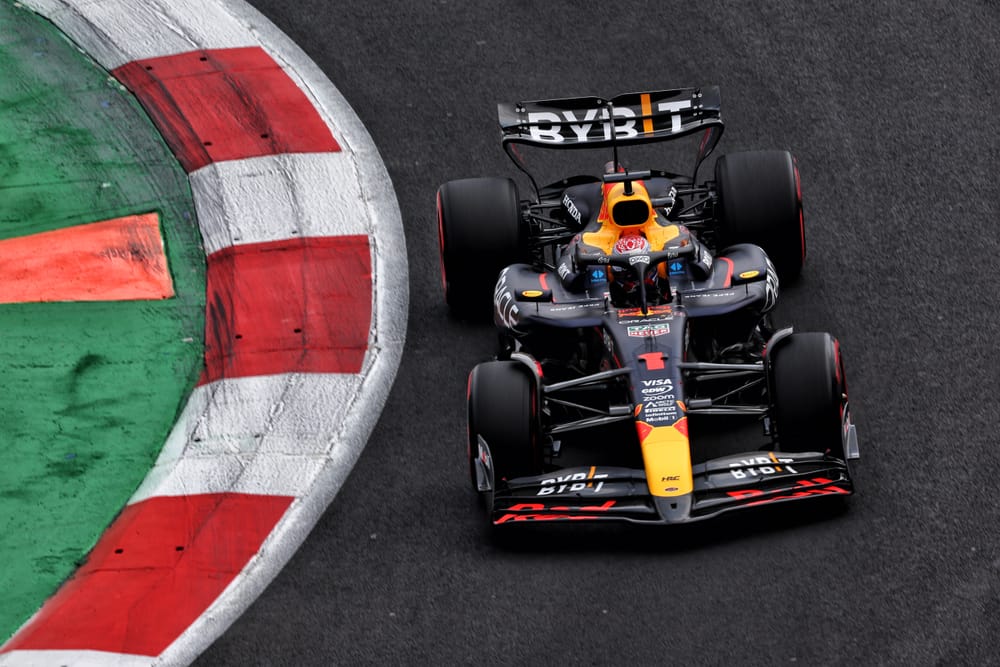Up Next

The Ferrari form continues. If Austin answered the question of how the Monza-updated Ferrari would fare on conventional Formula 1 track layouts (extremely well), Mexico City has confirmed it, with Carlos Sainz’s resounding pole position.
He has been consistently the quickest ever since FP1 on Friday and with team-mate Charles Leclerc admitting he often cannot nail how to extract the most from the car on low-downforce tracks such as this, Sainz’s run to pole was relatively straightforward in the end.
Lando Norris initially gave McLaren hope that it had Ferrari-beating pace, with some great laps in Q1 and Q2, but it was an illusion borne of Norris getting straight up to full speed but not having any more to find as Sainz just worked away at finessing the details – ready to unleash them to devastating effect in Q3. Norris found only 0.1s between Q2 and Q3, in contrast to a gain of 0.6s made by Sainz.
Slotting into the gap created by those differing levels of improvement was Max Verstappen’s Red Bull, 0.225s shy of Sainz with a high-pressure final lap after his first one was deleted for Turn 2 track limits.
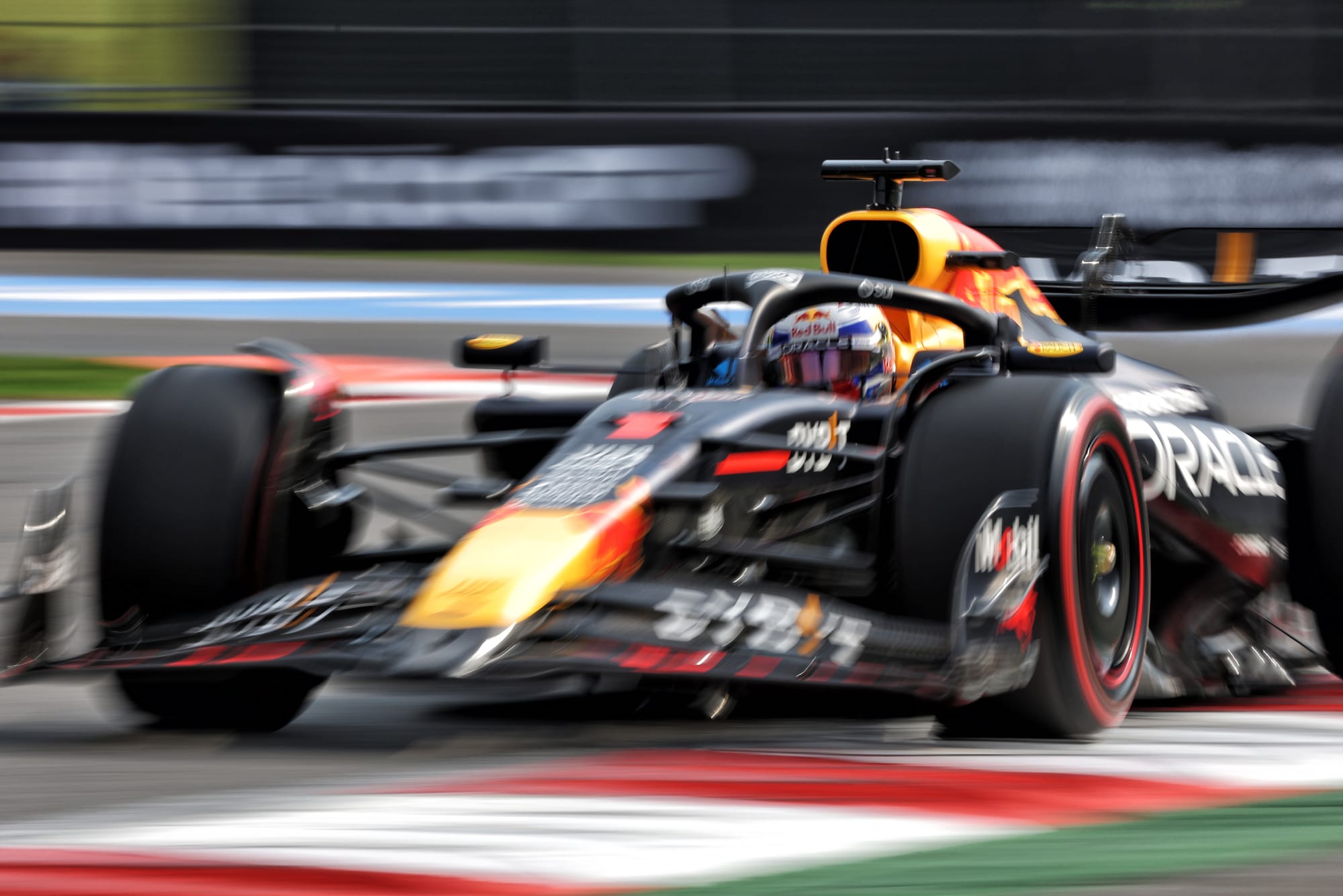
This represented a great comeback after having virtually no Friday running on account of a power unit air leak which proved stubbornly untraceable.
Although Sainz delivered the pole lap on his second Q3 run, his first would have been good enough for pole and it was the super-strong first attempt which gave him the confidence to be yet more adventurous on his second attempt.
“I added a bit more front wing for the second run,” he recounted.
“You can do that when your first run is so good. Also, I’d been very careful with the Turn 2 track limits on the first run and I felt able to be a bit more aggressive there on my second.”
So Sainz delivered pretty much perfectly in a car which has been super-quick everywhere since that Monza upgrade.
“I don’t expect to be on pole in Qatar given how weak we are in high-speed," he continued. "But I had a good feeling coming here, with the low-speed corners and how good we are on the kerbing.
"It was just a question of getting the tyre prep right. This year’s car has been very good on the tyres but that sometimes means we haven’t been able to get the best out of the soft in qualifying.
"I used the gap in the break [between Singapore and Austin] to work on some ideas and since Austin we’ve taken a step with this. You saw that in my final Q3 lap which got red-flagged in Austin; it was there.”
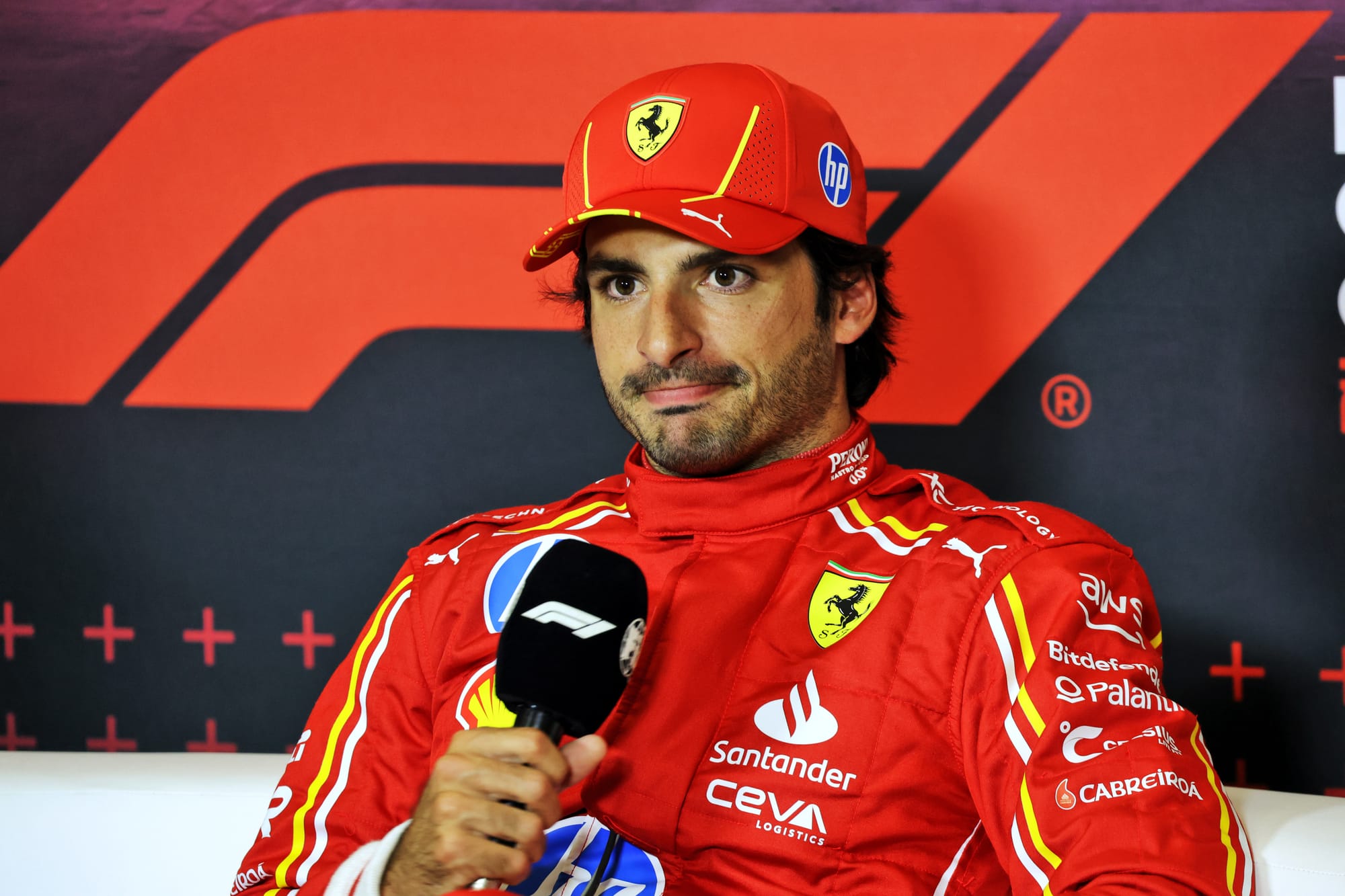
Fast on the straights, with great acceleration out of them, the Ferrari didn’t quite have McLaren’s pace through the quick-ish curves of the middle sector, but was stronger over the lap. So long as it could get good front tyre temperature at the beginning of the lap.
“I left Singapore with a really strange feeling,” said Sainz, “with how tricky it was for us to switch on the tyres, how one session we could be P1, the next 1s off Lando and I thought I have to find something because we cannot accept a six-seven tenths swing of performance from one lap to the next.”
There are an almost infinite number of combinations of set-up - camber, castor, tyre temperatures vs pressures, core temperature versus tread temperature – to play with in the search for that often elusive combination of good front tyre temperatures at the beginning of a qualifying lap without the rears being too hot by the end.
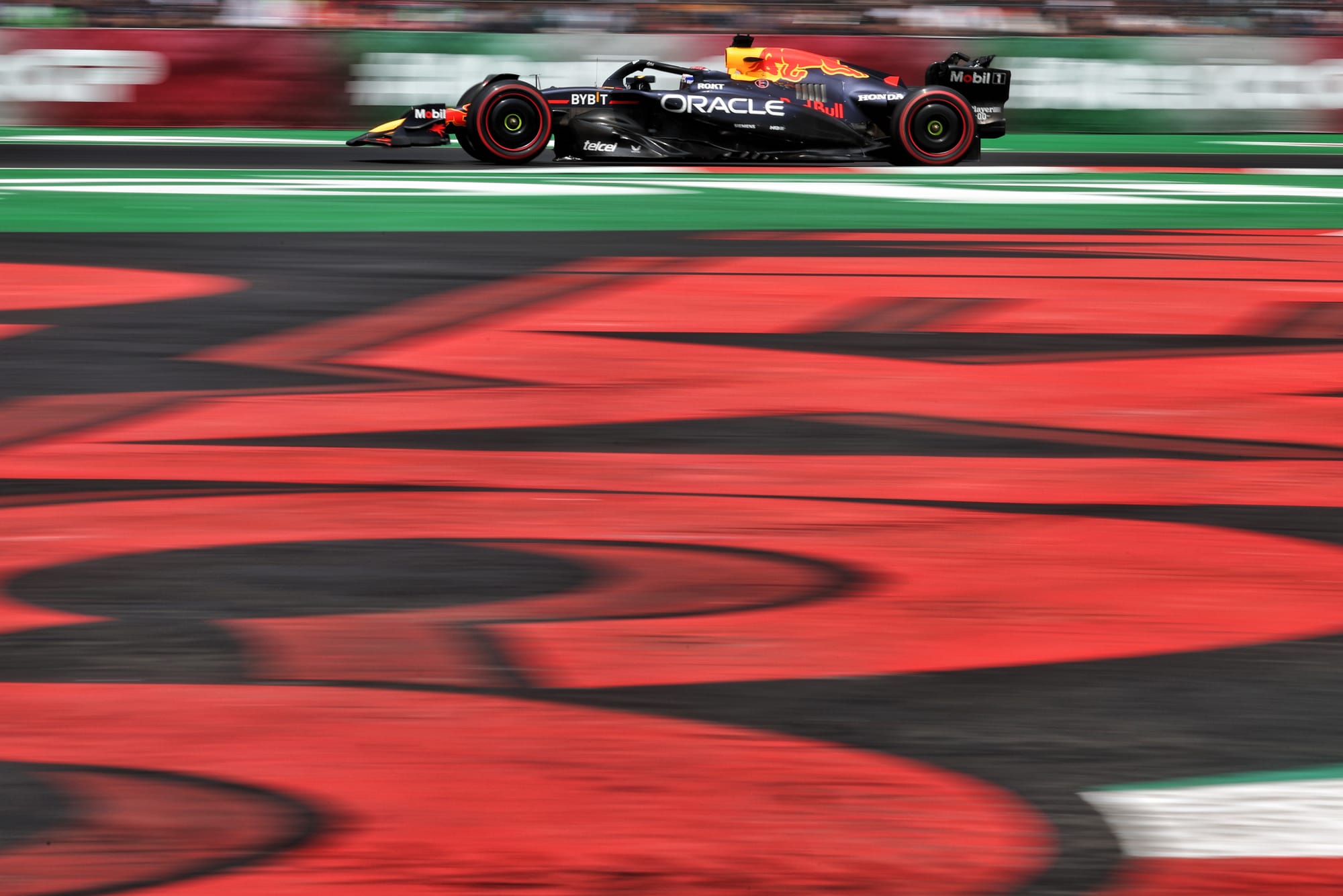
Each car will respond very differently to different out-lap approaches. Typically, Verstappen will make a very slow initial part of the out-lap but push hard towards the end. The McLaren drivers tend to vary between this and the opposite extreme, according to the track traits.
In Singapore Ferrari was running hard (relative to the others) in the early part of the prep lap and super-slow in the last part, in an attempt at inducing good temperature into the core of the tyre early on and letting it seep through, but without then overheating the tread. It wasn’t really working.
Whatever set-up or tyre prep changes Ferrari has made was allowing Sainz to use that approach with great success on his first Q3 runs in Mexico, having experimented with it through Q1 and Q2. But the new-found flexibility in the Ferrari was apparent when he switched to a far more aggressive final sector on his second lap. The point being that either approach was good for pole.
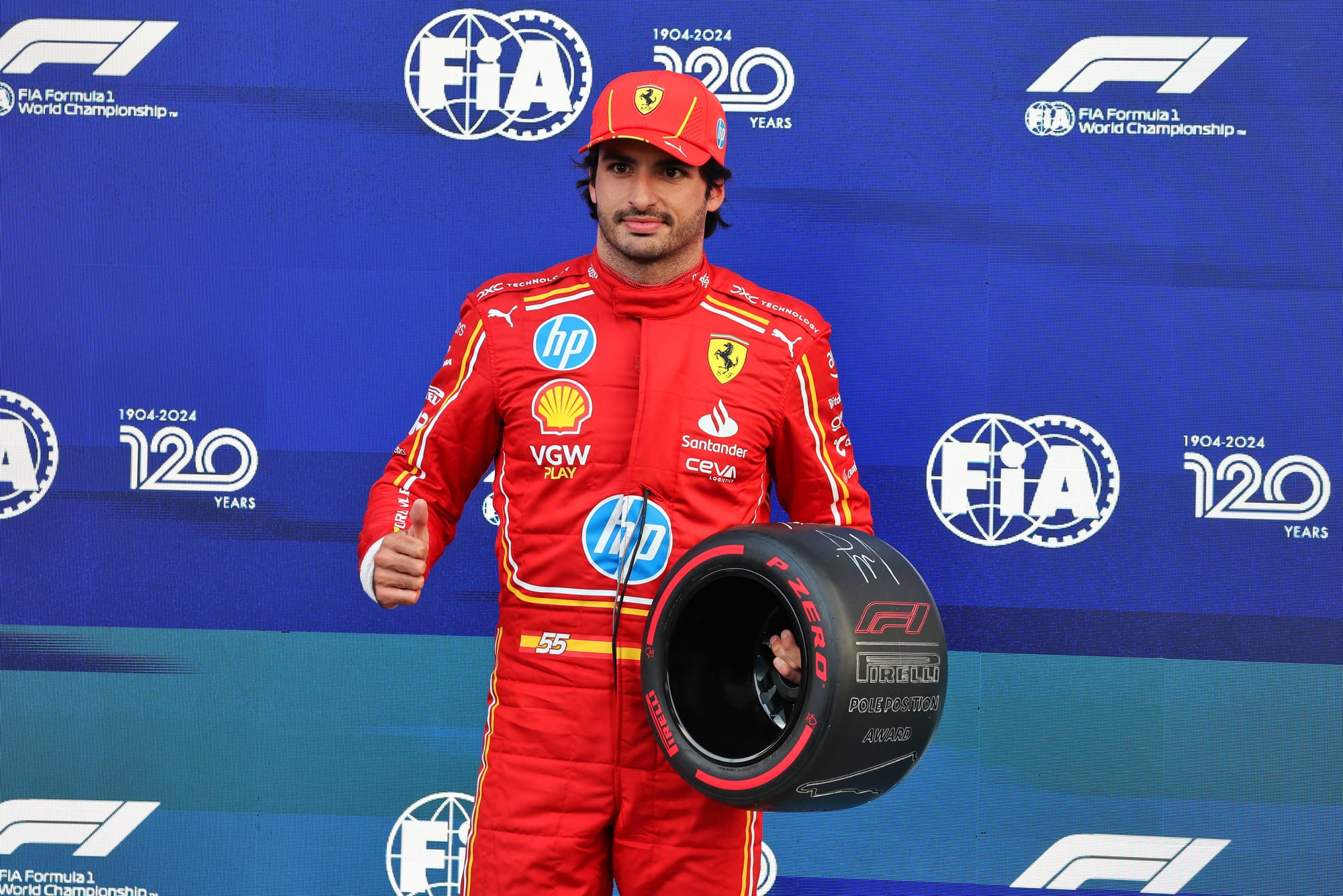
For Sainz at least. Leclerc was mirroring Sainz’s tyre prep approach, but his problems lay elsewhere, as he explained afterwards.
“Sometimes you like the balance. Today I don’t, yesterday I didn’t either. I think it’s probably not one of my strengths - qualifying on very low grip tracks. I tend to push quite a lot in qualifying and in Monza and here I always struggle quite a lot with that. However, it is the way it is.
"The only thing that gives me some optimism is I think I was the fastest car yesterday in race simulations, which is a good thing. But I’m starting from fourth and making my life more difficult.”
All Sainz has to do now is come out of the Turn 2-3 sequence on the first lap still leading. Not easy, with Verstappen alongside and Norris potentially getting a double tow on that long run down there.
“It’s so important for the cooling of the car to be in front,” says Sainz, “So that’s what I’m going to be concentrating on, just getting my launch right and doing the best 0-to-100.”


